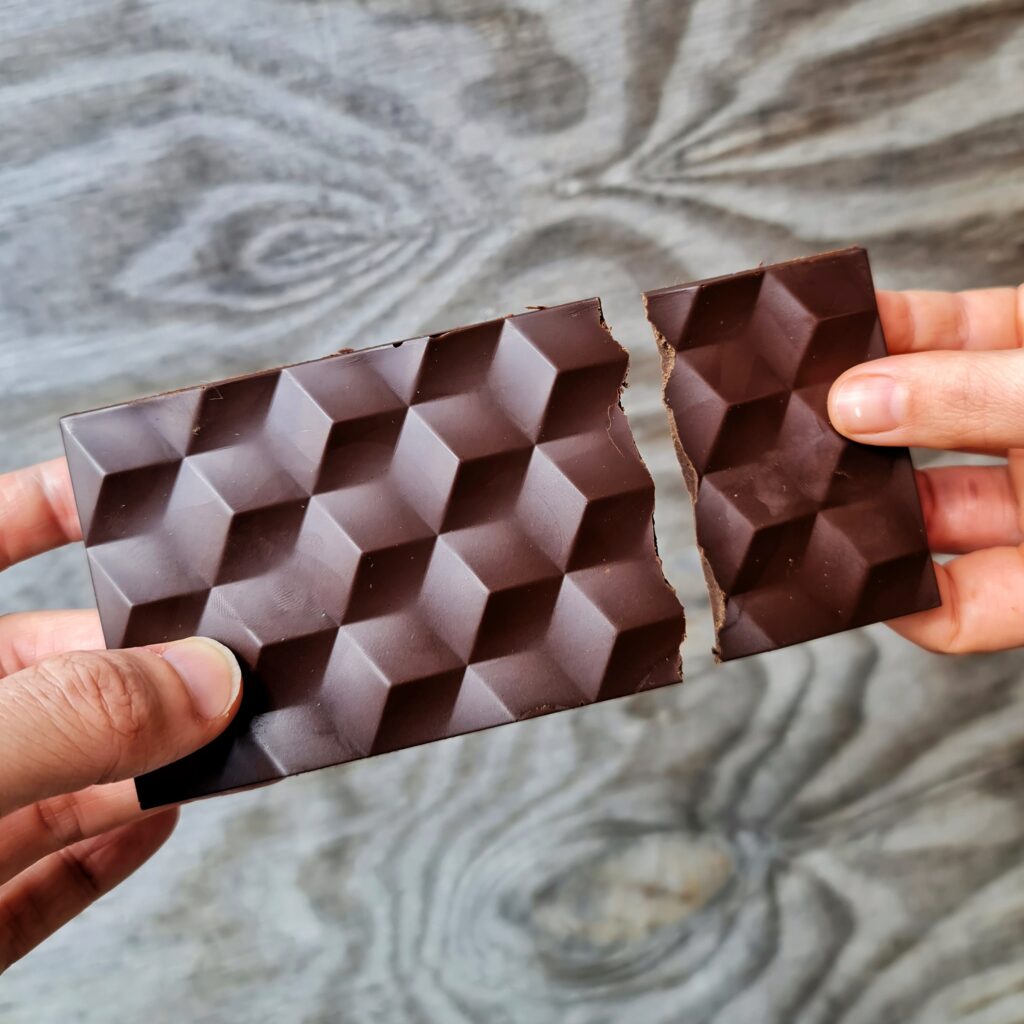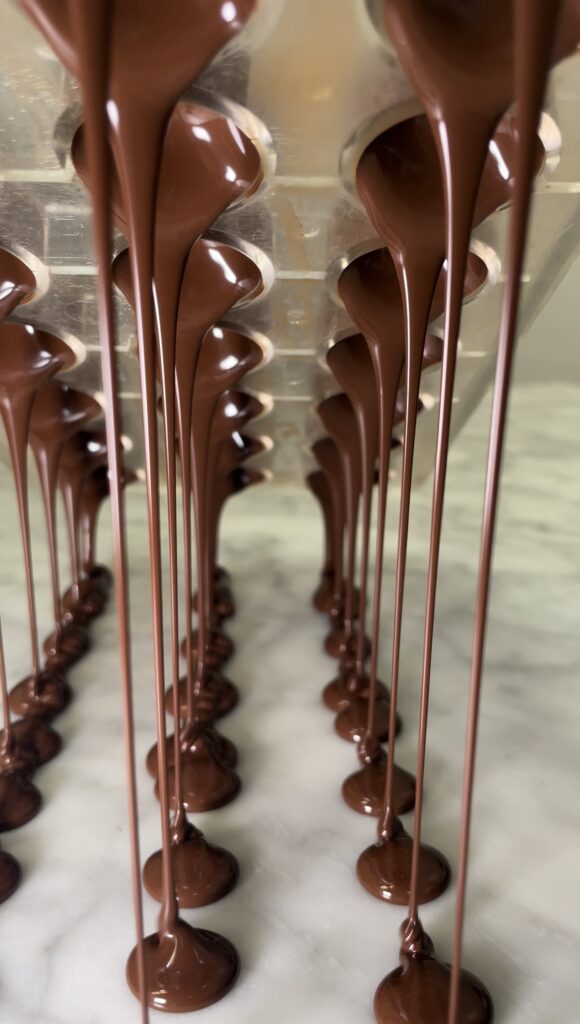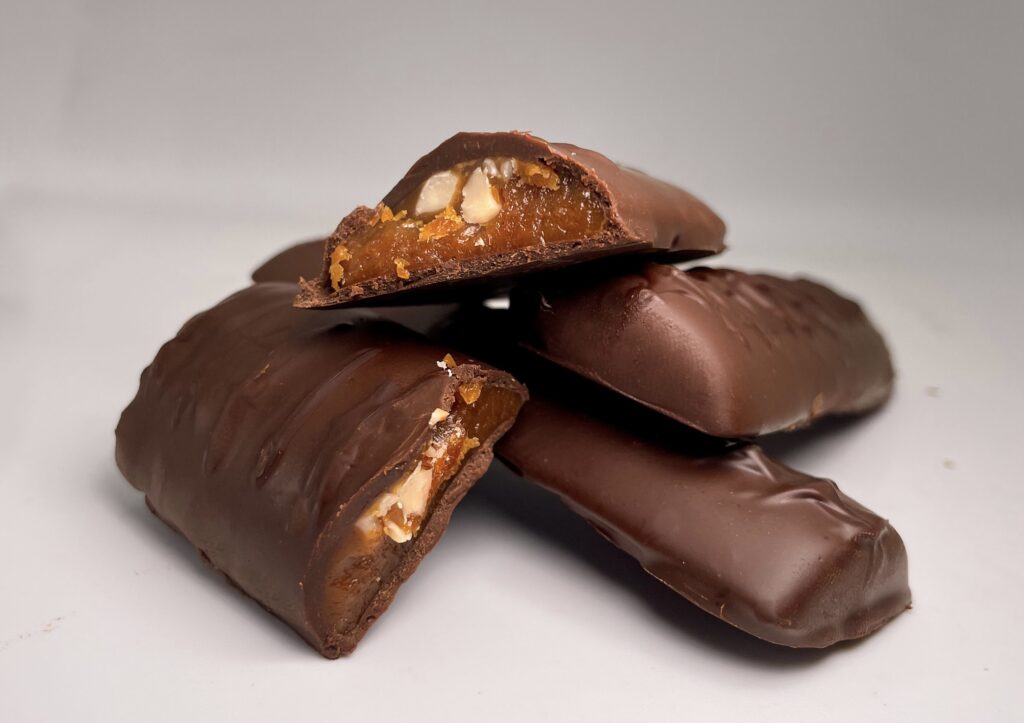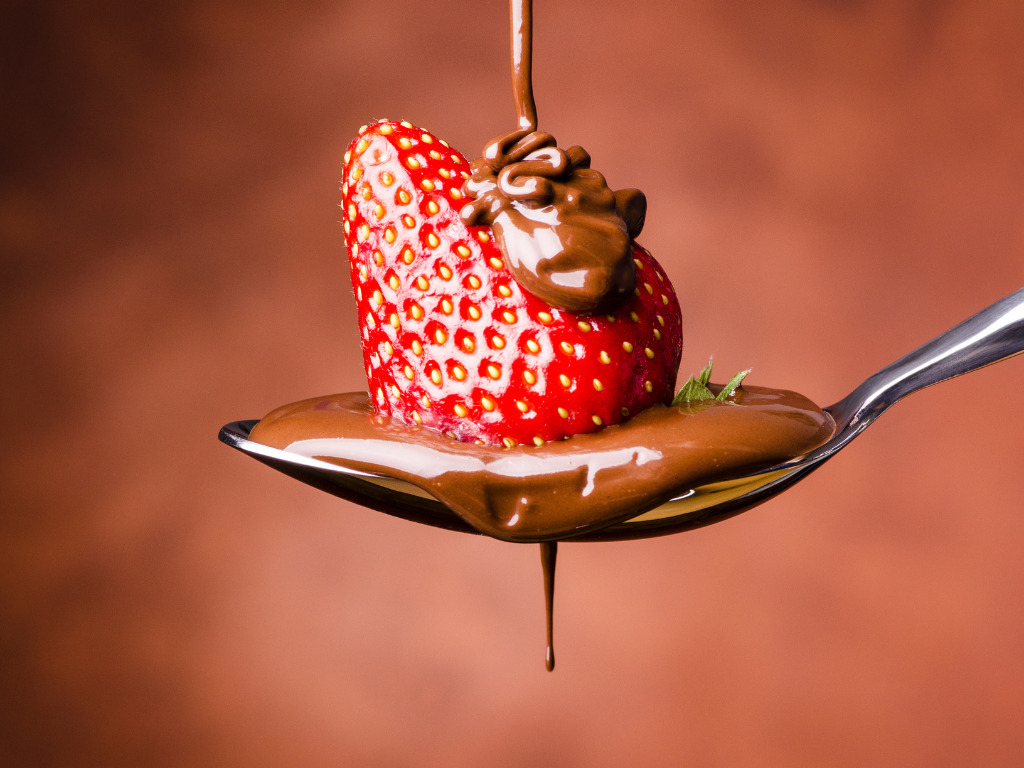Exclusive: Fat is the Key to Exceptional Chocolate, According to Cocoa-Free Startup WNWN
5 Mins Read
Famous for its cacao- and palm-oil-free chocolates, WNWN Food Labs deep-dives into its research and development with fats, its alternative to cocoa percentages, and when consumers can expect to taste its chocolate.
Working on chocolate, a product whose supply chain is linked with deforestation (both via its base and complementing ingredients), child slavery, biodiversity loss, and underpaid labour – and facing major threats from the climate crisis – WNWN is quite the disruptor.
The British brand made waves when it launched back in 2021, promising a chocolate-free chocolate with 80% fewer carbon emissions and zero child labour. Unlike alt-chocolate brands like QOA and Voyage Foods, WNWN doesn’t describe its products as ‘molecularly identical’ to the conventional thing.
“Chocolate is complex and might feature several hundred taste and aroma compounds,” a spokesperson told Green Queen last year. “Those flavour compounds emerge from the fermentation of cacao pods and then roasting, and involve many intermediaries. Moreover, no chocolate is the same.”
A fat trip

WNWN’s products – made from barley and carob – employ a traditional fermentation process, eschewing the need for the kind of regulatory approval that precision-fermented chocolate products would need. That covers the flavour, but that’s only half the chocolate battle, as co-founder Johnny Drain tells Green Queen: “The texture comes from fat. In conventional chocolate, you have cocoa butter, which happens to melt at body temperature. That’s why chocolate liquifies in your mouth. Many mass-market chocolate makers also use things like palm oil to pad out their chocolate.”
But while palm oil is cheap and versatile as an ingredient, its supply is problematic. It’s a major driver of deforestation, a threat to wildlife including orangutans and rhinos, and a sector that’s linked with worker exploitation. It has also been directly linked with forest fires in Indonesia. In short, it’s no good, both ethically and environmentally.
What’s good? Well, that’s what WNWN has been trying to figure out with its years of R&D. “Fat is fascinating,” Drain says. The company has tested between 30 and 40 kinds of fats in its research, including pretty much every conventional option, as well some of the new alternative fat offerings.
“Very quickly, you go down a rabbit hole of lipid (the name given to fats and oils) chemistry. What cocoa butter has that makes it so unique is a very particular balance between types of harder and softer fat molecules. On our R&D trip into the world of fats, we’ve learned a lot about those different types of fat molecules, and mastered ways to have a similar balance without using cocoa or palm oil.”
Shea is bae

He adds: “Nature is plentiful and there are lots of other great natural, vegetable fats out there. Some of them have been used in confectionery – including chocolate – for years. We’ve played around with many, but we work mostly with shea butter.”
Drain tells me that while lots of interesting fats have been experimented with to replace cocoa butter – like coconut, kokum and illipe – shea balances chemical requirements with environmental and ethical credentials. “We have suppliers who have carefully documented, transparent supply chains,” he explains.
One of the criticisms aimed at the alternative chocolate sector revolves around cocoa farmer livelihoods- if cocoa-free chocolate gains market share, what happens to the farmers, who are already some of the most vulnerable growers on the planet? WNWN says using shea helps to address this. “The other key thing for us is that shea butter is grown and produced in similar places and communities to where most [over 70%] of the world’s cocoa is grown, i.e. West Africa. We want to work with products that can economically support those areas and communities.”
Could the fats WNWN has been researching be used as B2B alt-chocolate ingredients? “They could be. It’s something we’ve talked about,” notes Drain. “But ultimately, we want to focus on our cocoa-free chocolate. Our real mastery is in combining those two key questions in chocolate – flavour and fat, taste and mouthfeel – so that’s where we anticipate we will stay.”
Not-cocoa percentages

Conventional chocolate contains labels with the cocoa percentage of the product, indicating the level of bitterness and sweetness in the flavour. “[It’s] a very intuitive tool that helps consumers understand what they can expect to taste: expectation plays a huge role in the psychology of and perception of flavour,” says Drain.
Usually, anything over 50% cocoa is considered dark, while lower percentages belong to the milk chocolate realm. Drain hints at introducing a comparable alternative: “We may use a similar numerical system that mirrors that of cocoa percentages to help our consumers understand which of our products they want to reach for at a particular moment.”
A 2023 UK debut
And when can they reach for it? While WNWN has launched a couple of limited-edition products before – dark chocolate thins and a Daim-style Waim! bar – and trialled an alt-chocolate ice-cream bar at the Häagen-Dazs Start-Up Innovation Challenge, the young company is yet to make its full commercial debut.
Consumers might get to taste WNWN’s chocolate sooner than later, with cocoa-free alternatives to dark chocolate and vegan milk chocolate debuting sometime this year. “We’ll be launching consumer products in the UK later in 2023,” Drain confirms, months after the startup raised $5.6M in a Series A fundraiser. “But most excitingly, we have various B2B pilots running, so our product might actually crop up in the products of other brands all over the world in the near future.”




